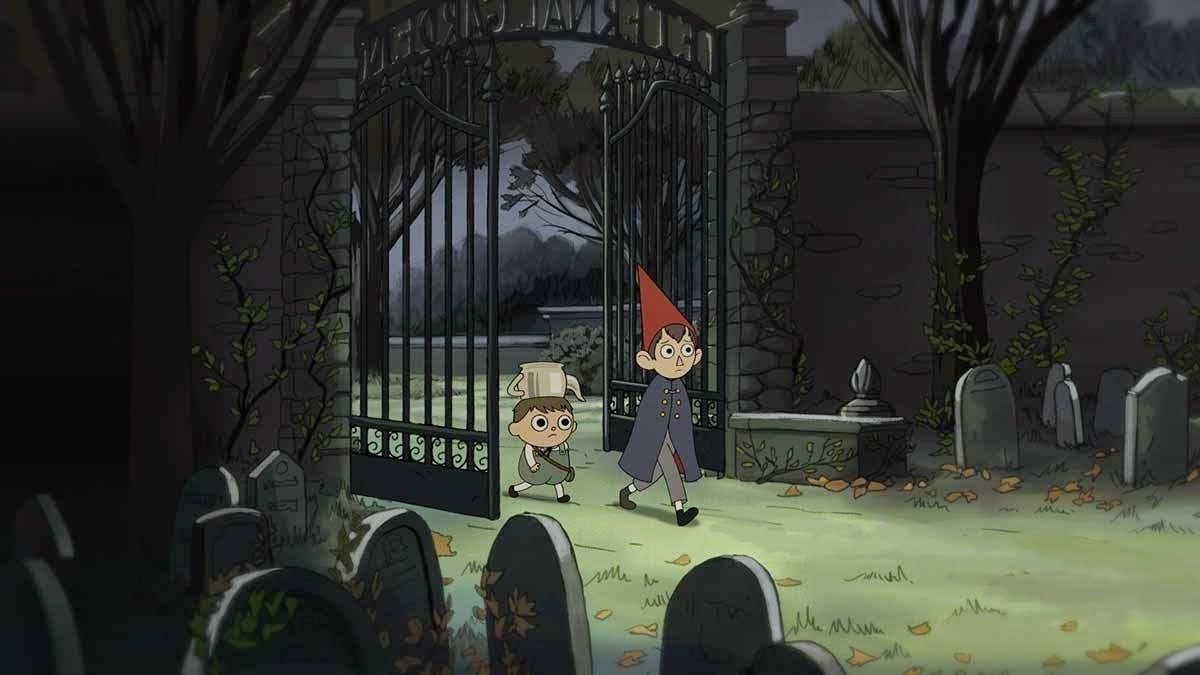

This is a shrine for the sci-fi romance anime series, Kaiba.
The series was created by Masaaki Yuasa and released in 2008.

What are memories?
Souls? Spirits?
In Kaiba's universe, memories can be turned into data via a memory chip and stored. Even if the body dies, its memories live on and can be transferred to another body. Bad memories can be erased and good ones downloaded. The theft and manipulation of other people's memories has become the norm.
Society is largely divided into two classes. In the skies are electrical storms, which cannot be passed through without losing one's memories. Above them lies the realm of the wealthy and powerful, who barter others' bodies and memories for their own enjoyment and longevity. Below the clouds is a troubled and dangerous world where good bodies are hard to come by and real money is scarce.
The series begins with a boy named Kaiba as he awakens in a ruined room. He has no memories, but he has a hole in his chest, a triangular mark on his stomach, and a locket with a picture of an unknown girl inside. After being attacked, Kaiba escapes and, through his travels, regains his memories. Meanwhile, the girl from the locket struggles with her own convictions and her past, which may be intertwined with Kaiba's origins.


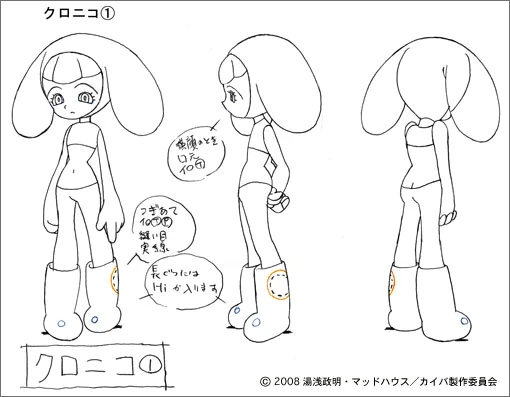

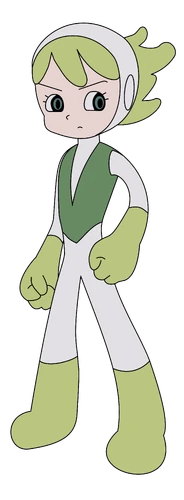
"Kaiba is what happens when our ability to wield technology outpaces the evolution of our empathy. Our memories are intimate and make us what we are, but there’s something deeply unsettling about seeing them as quantifiable as files on a hard drive, easily modified, copied or simply forgotten. They suddenly feel disposable. It’s dehumanising."
-bateszi.me
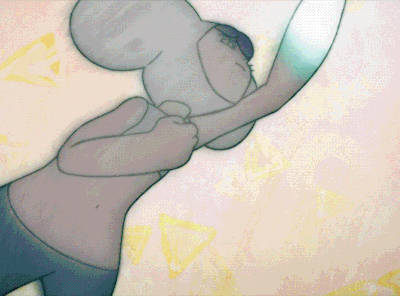
The story reveals that Kaiba's memory chip has been placed in different bodies, including a stuffed hippo named Caba and a poor girl named Chronico, highlighting the corruptive influence of wealth and power.
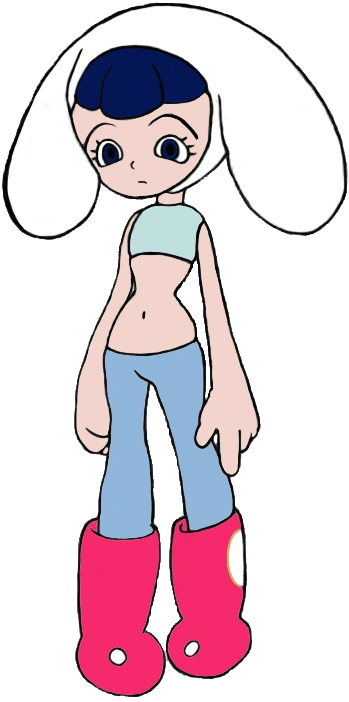
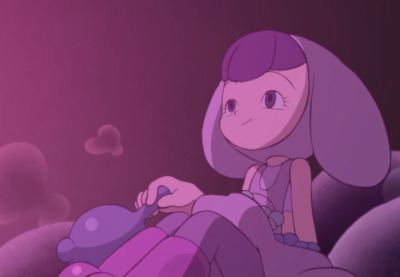
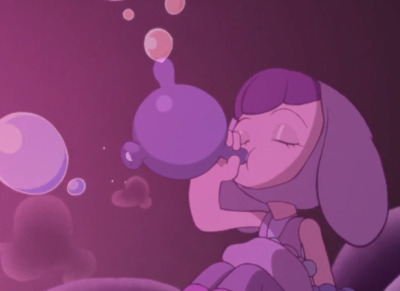
A crucial element is the Kyber plant (KAIBA), which consumes memories and can destroy humanity, placing Kaiba in a difficult position of choosing between letting humanity be consumed or fighting for its survival. Neiro gives Kaiba this name while he recovers his memory.
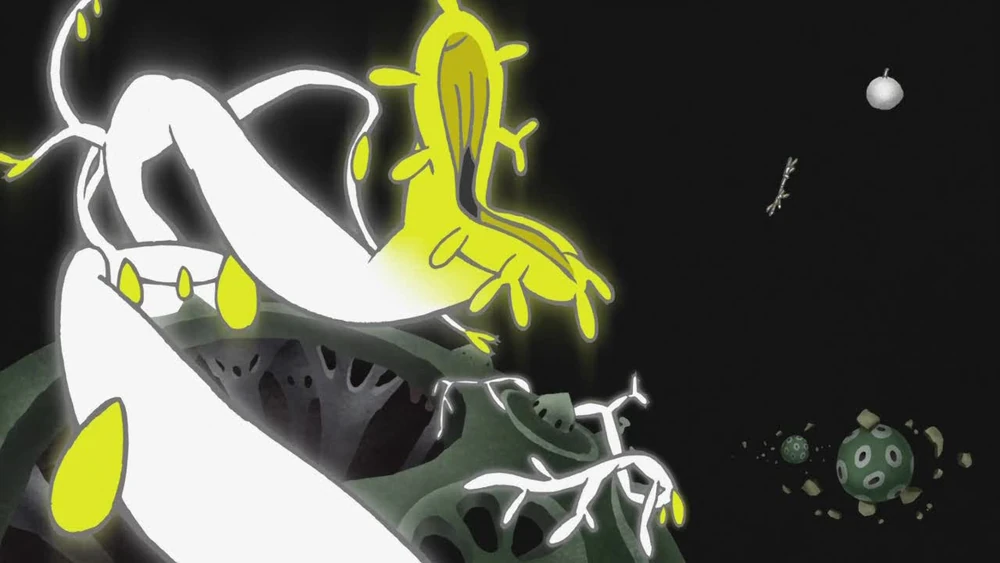
Here's a fanart i made of Kaiba :)
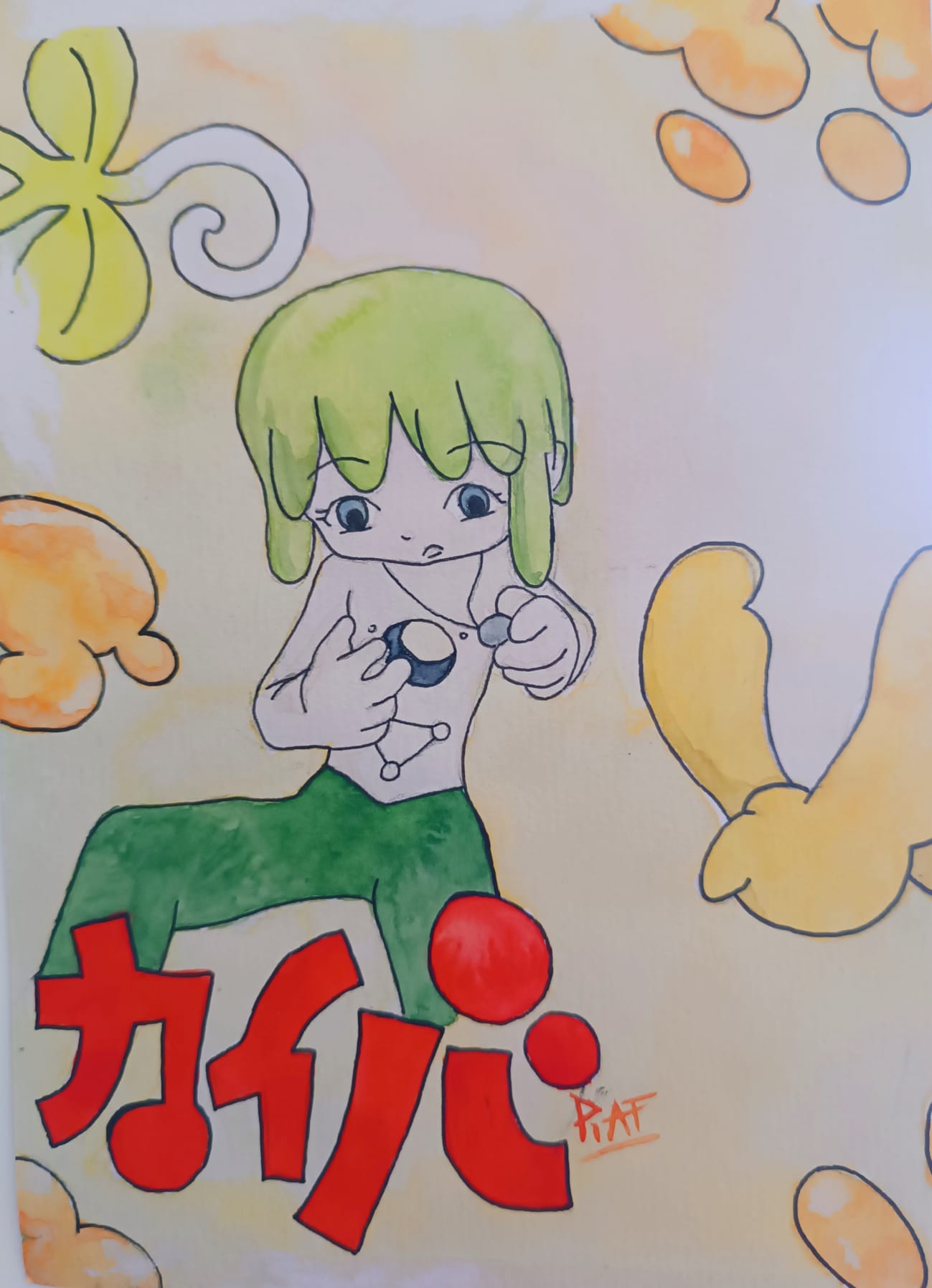

Toilet-Bound Hanako-kun follows Nene Yashiro, a high school student
who summons a spirit rumored to grant wishes: Hanako-san of the Toilet.
Contrary to the legend, the ghost she meets is not a girl, but a boy named Hanako,
who occupies the third stall of the old school building.
Their meeting draws Nene into the hidden world of the “Seven Mysteries” —
supernatural entities that govern different aspects of Kamome Academy
and whose powers are shaped by the rumors students spread about them.
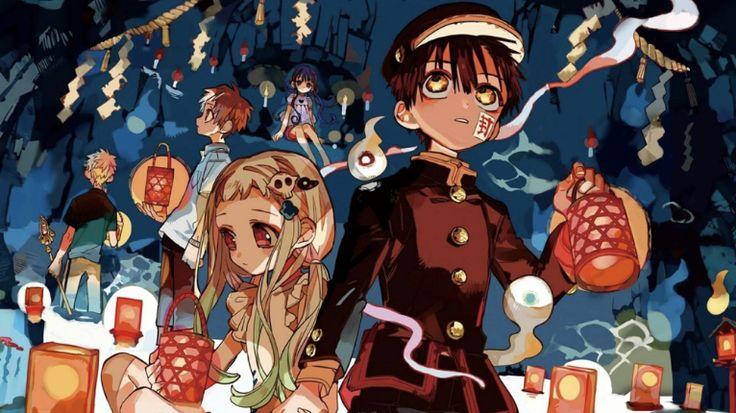

As the story progresses, Nene becomes involved in resolving conflicts between spirits and humans, uncovering Hanako’s mysterious past and the emotional
ties that keep him bound to the school.
The series alternates between light comedy, mystery,
and darker reflections on guilt, memory, and the fear of being forgotten.
The narrative draws heavily from Japanese folklore and urban legends,
especially the postwar tale of Hanako-san, a spirit said to haunt school bathrooms.
This legend itself represents the fusion of traditional yūrei (ghost)
mythology with modern settings — a pattern that Toilet-Bound Hanako-kun continues.
The concept of the Seven Mysteries also echoes older Japanese beliefs that certain locations, such as temples, wells, or classrooms,
possess spirits or lingering energies linked to human emotions.
By combining these folkloric elements with a contemporary school environment,
the series reinterprets the ghost story not as simple horror but as a way to explore emotional trauma,
isolation, and the boundary between life and death.
Hanako’s character, cheerful yet burdened by regret,
reflects the modern reinterpretation of the onryō — a spirit trapped not by vengeance, but by unresolved humanity.



Over the Garden Wall is an animated miniseries that follows two half-brothers,
Wirt and Greg, who find themselves lost in a mysterious forest
called The Unknown.
As they search for a way home, they encounter a series of strange
and symbolic figures— a talking bluebird,
a wandering woodsman, and the terrifying Beast
who rules the forest’s darkness.
Each episode takes the brothers through settings that feel both familiar
and unsettling: rural villages, traveling theater troupes,
and harvest festivals that seem frozen in time.
Beneath the show’s fairy-tale surface,
Over the Garden Wall explores themes of fear,
guilt, innocence, and the passage from childhood into maturity.
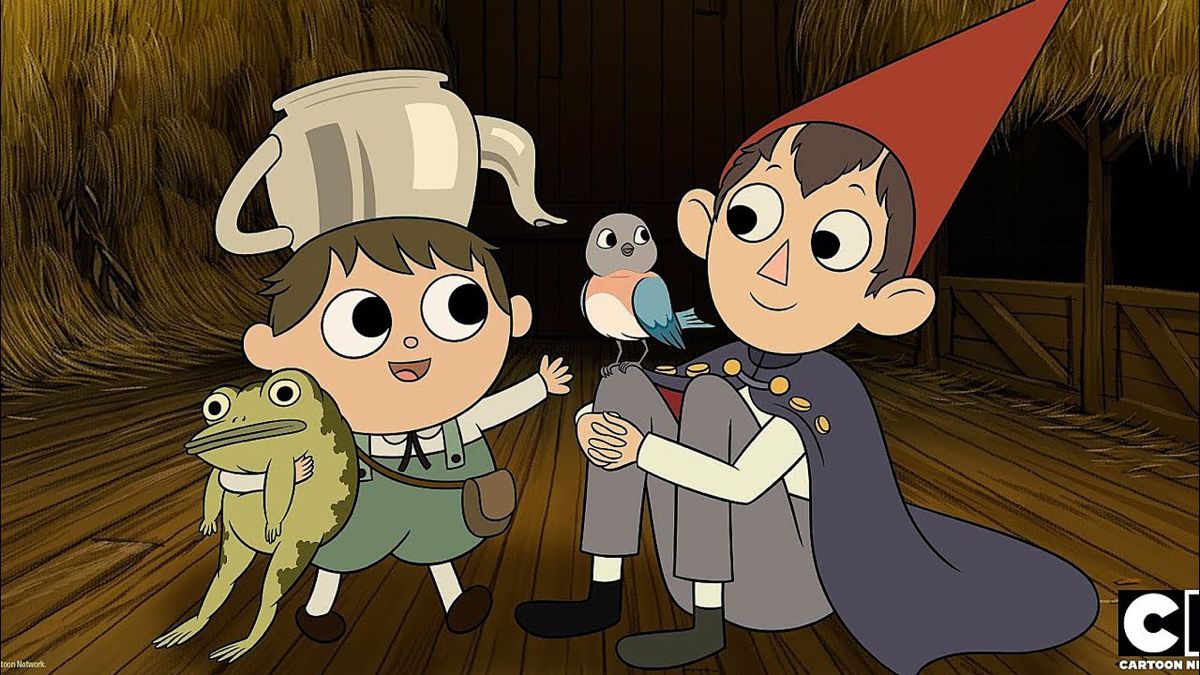
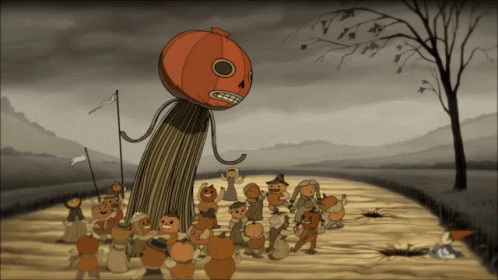
Culturally, the series draws from 19th-
and early 20th-century American folklore,
pastoral myths, and seasonal traditions associated
with autumn and Halloween.
Its imagery references the early American countryside
— cornfields, lanterns, pumpkins,
and folk music — blending nostalgia for a mythic rural past
with the eerie atmosphere of ghost stories
and Americana mythmaking.
The tone is also influenced by early animation styles,
parlor songs, and the moral fables of that period.
The Unknown itself functions as a symbolic landscape
similar to the liminal spaces found in folklore worldwide
— a place between life and death,
where the lost must confront their fears to find their way home.
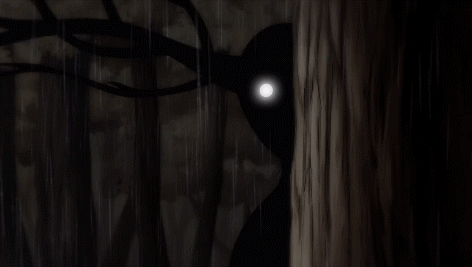

Wirt’s journey, marked by hesitation and self-doubt,
mirrors classic American coming-of-age narratives,
while Greg’s innocence recalls the archetype of the “holy fool,”
a childlike figure who sees truth where adults cannot.
In combining folk imagery, period aesthetics,
and psychological storytelling, Over the Garden Wall transforms
the American folktale into a meditation on memory,
redemption, and the quiet melancholy of growing up.
